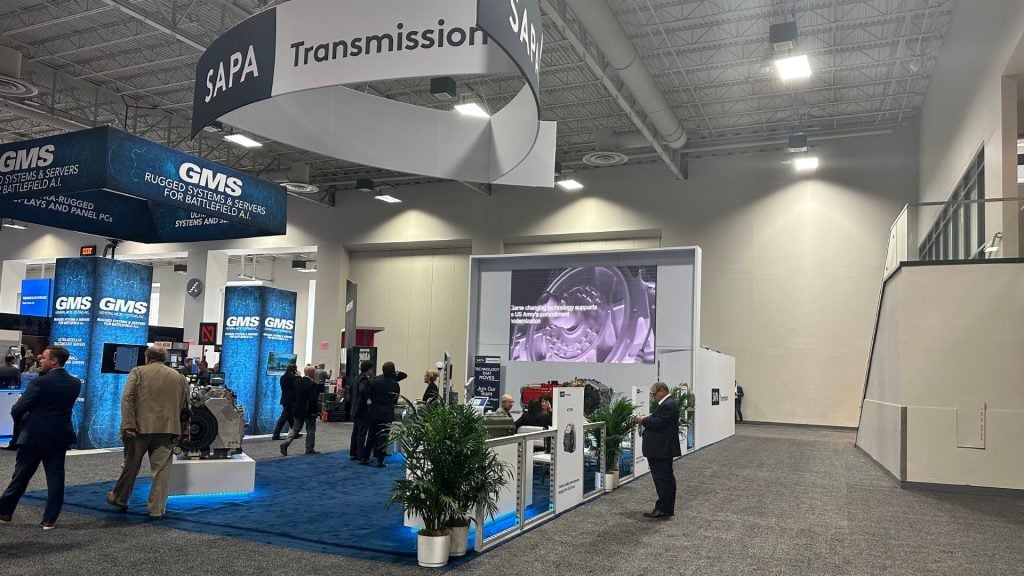
Introduction
Trade shows can be a game-changer for your brand, but they’re also full of potential pitfalls that can derail your success if you’re not prepared. From logistical nightmares to ineffective booth designs, there are plenty of challenges that exhibitors face. But here’s the good news: with the right strategies, you can navigate these obstacles like a pro and ensure that your trade show experience is smooth, successful, and stress-free.
1. Plan Early and Plan Thoroughly
One of the most common pitfalls in trade show preparation is leaving things until the last minute. Whether it’s finalizing your booth design, shipping materials, or booking accommodations, procrastination can lead to unnecessary stress and costly mistakes.
Start planning as early as possible. Create a timeline that includes all the key milestones – from design approvals to shipping deadlines – and stick to it. Early planning allows you to address any potential issues well in advance and gives you the flexibility to make adjustments without the pressure of a looming deadline.
Pro Tip: Schedule regular check-ins with your team and vendors to ensure everyone is on track and that any emerging issues are dealt with promptly.
2. Choose the Right Booth Design for Your Goals
A common mistake exhibitors make is opting for a booth design that looks impressive but doesn’t serve their specific goals. Your booth should not only attract attention but also facilitate the kind of interactions that will lead to conversions, whether that’s generating leads, making sales, or raising brand awareness.
When designing your booth, consider your target audience and what will appeal to them. Do you need space for demonstrations? Should your booth have areas for private meetings? Tailor the design to meet these needs rather than focusing solely on aesthetics.
Pro Tip: Work closely with your exhibit builder to create a design that balances visual appeal with functionality. A well-thought-out booth will engage visitors and support your overall objectives.
3. Avoid Overloading Your Booth with Information
It’s tempting to cram your booth with as much information as possible – after all, you want visitors to know everything about your products and services. But an overcrowded booth can overwhelm attendees and dilute your message.
Instead, focus on key messages that will resonate with your audience. Use clear, concise visuals and engaging displays to communicate your core value proposition. Remember, less is often more when it comes to effective communication at a trade show.
Pro Tip: Use digital displays or interactive elements to provide additional information without cluttering your booth. This allows visitors to engage with your content at their own pace.
4. Prepare Your Team for Success
Your booth staff are the face of your brand at the trade show, so it’s crucial that they’re well-prepared and aligned with your objectives. A common pitfall is sending team members who aren’t fully trained or who lack a clear understanding of the goals for the event.
Before the show, conduct thorough training sessions that cover everything from product knowledge to customer engagement techniques. Make sure your team knows how to qualify leads, handle common questions, and effectively communicate your brand’s message.
Pro Tip: Hold a briefing session each morning of the trade show to review daily goals, share any updates, and keep your team motivated.
5. Manage Your Budget Wisely
Trade show expenses can quickly spiral out of control if you’re not careful. From booth design and shipping to travel and accommodations, costs can add up fast. One of the biggest pitfalls is failing to manage your budget effectively, leading to overspending or compromising on critical elements.
Start with a clear budget that covers all aspects of the trade show, including a buffer for unexpected expenses. Track your spending closely throughout the planning process and look for areas where you can cut costs without sacrificing quality.
Pro Tip: Consider renting modular booth components instead of purchasing them outright, especially if you participate in multiple trade shows with different space requirements.
6. Don’t Neglect Post-Show Follow-Up
The end of the trade show isn’t the end of your work. A common mistake is failing to follow up with leads and contacts made during the event. Without timely and personalized follow-up, the connections you made at the show can quickly go cold.
Before the trade show even begins, have a follow-up plan in place. Collect contact information from visitors, categorize leads based on their level of interest, and assign follow-up tasks to your team. The sooner you reach out after the show, the more likely you are to convert those leads into business opportunities.
Pro Tip: Use a CRM system to track leads and automate follow-up processes. This ensures that no potential customer slips through the cracks.
Conclusion: Steer Clear of Pitfalls and Set Yourself Up for Success
Trade shows are a significant investment of time, money, and resources, so it’s crucial to avoid the common pitfalls that can undermine your success. By planning early, choosing the right booth design, preparing your team, managing your budget, and following up with leads, you can ensure that your trade show experience is not only smooth but also highly rewarding.
At XS Worldwide, we’re committed to helping you navigate the complexities of trade shows with ease. With our expert strategies and support, you can avoid the common pitfalls and focus on what really matters: making a lasting impact and driving results for your business.


 Global
Global Europe
Europe

